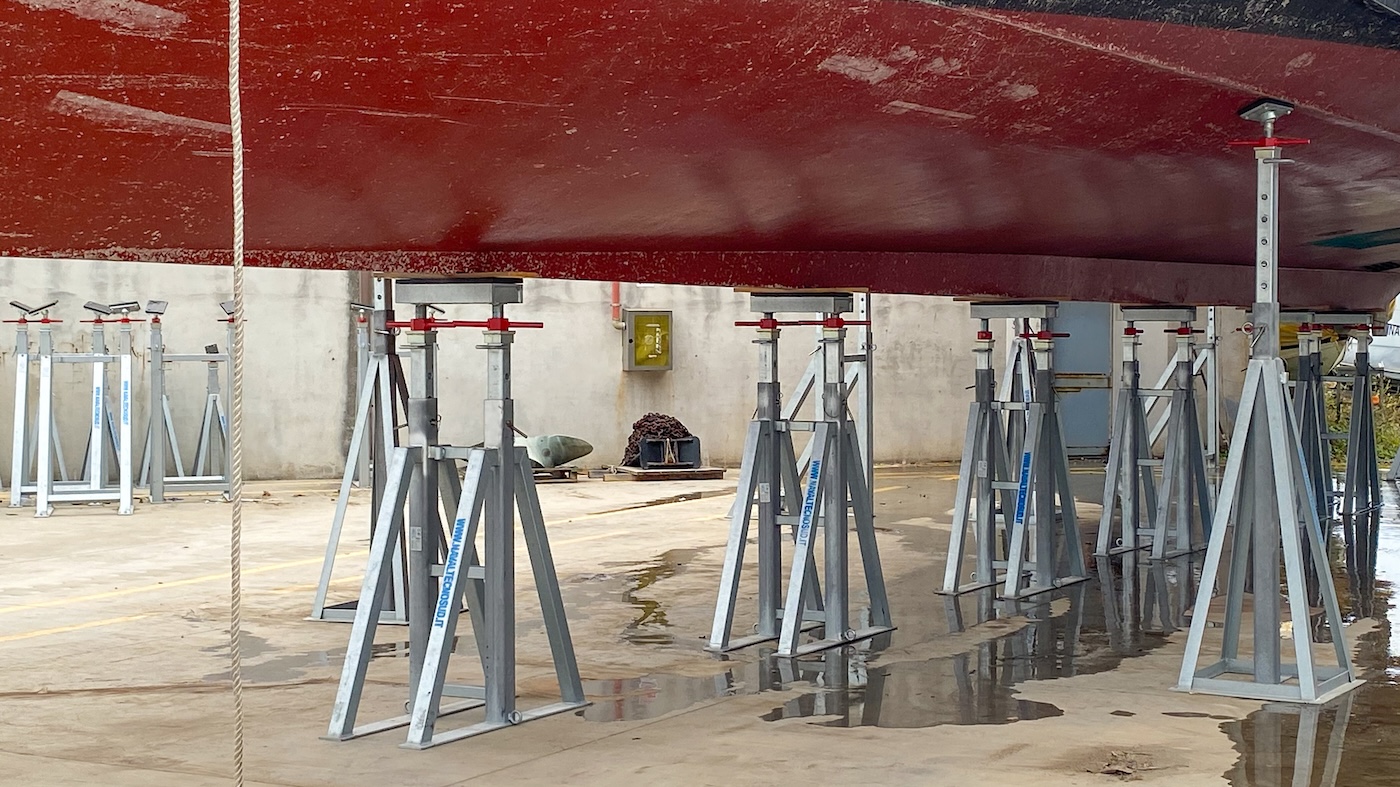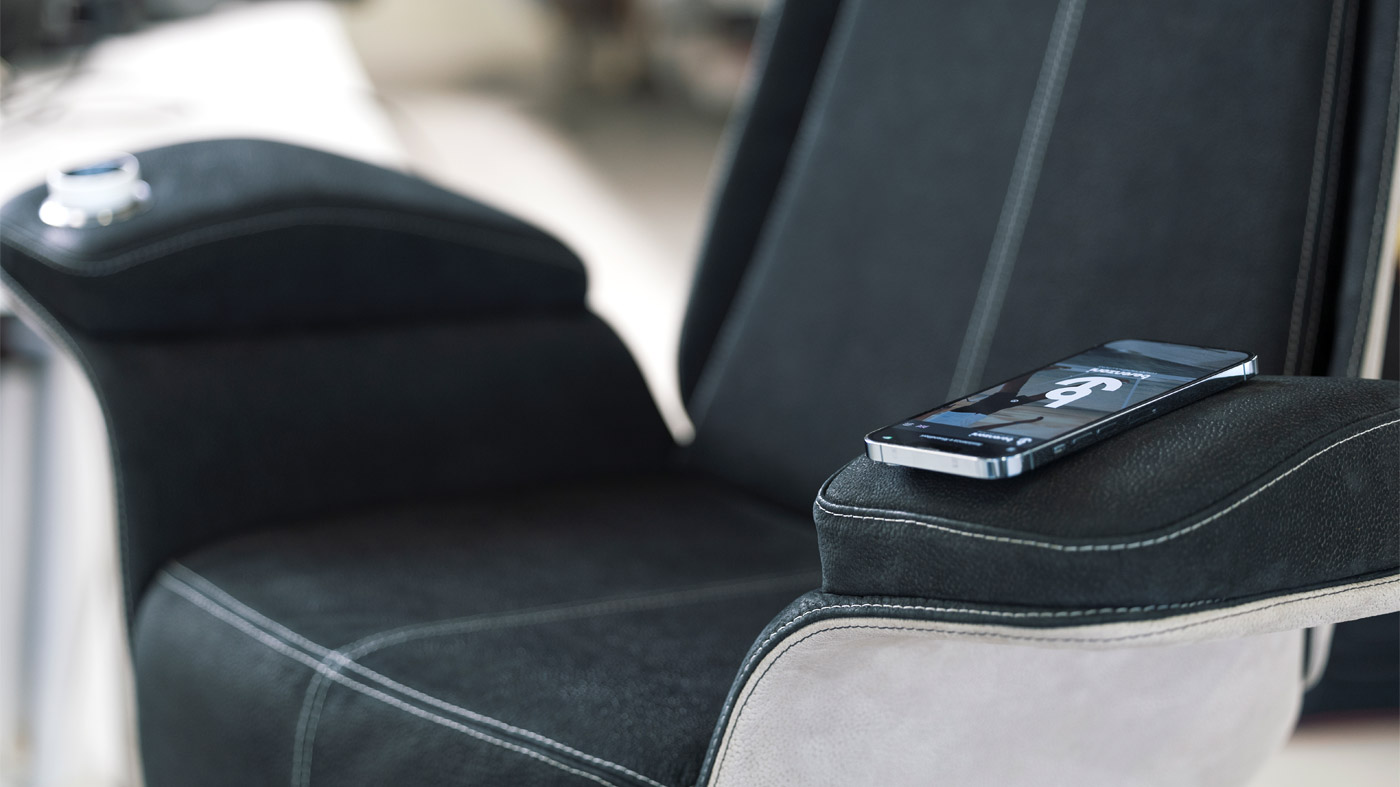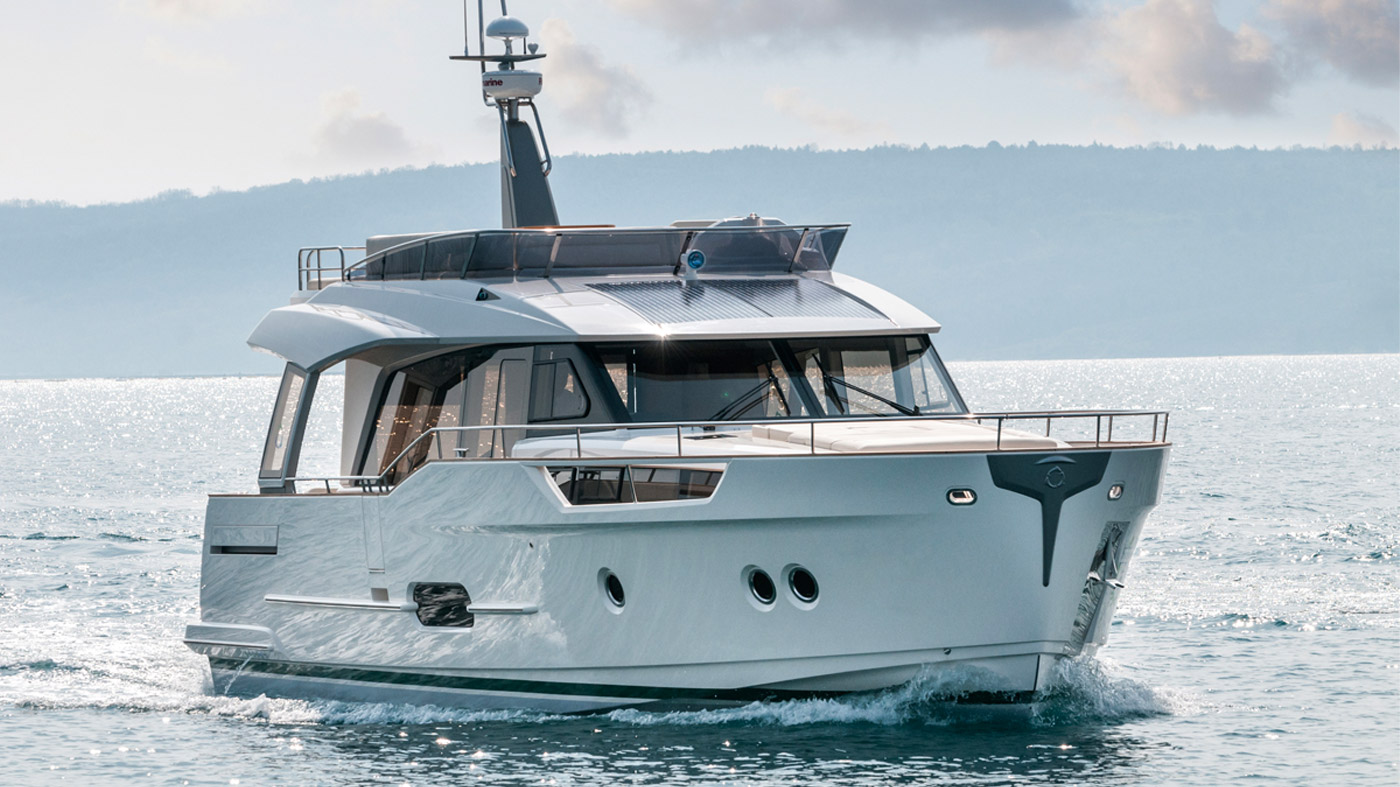Read the english version
Per evitare di fare la figura di Fantozzi quando il conte marchese gli urla “cazzi quella gomena”, è necessario apprendere un minimo di terminologia marinara anche se ci si avvicina alla barca solo per passarci una vacanza. Può infatti capitare di dover dare una mano a fare qualcosa, sia che si esca in barca con amici, sia che ci si affidi alle mani esperte di uno skipper. In barca non esistono fannulloni…
Atteniamoci al minimo indispensabile, per approfondire c’è tempo.
In barca si può stare sottocoperta o in coperta (dentro o fuori), a poppa o a prua (nella parte posteriore o anteriore), a dritta (non destra!) o a sinistra.
Il salotto esterno della barca si chiama pozzetto, i passaggi lungo i quali si cammina passavanti. E in barca non esistono finestre, ma oblò, osteriggi o passauomo, a seconda della grandezza e della posizione.
In barca non esistono nemmeno corde, ma cime, di varia natura e funzione. Sono le cime che si cazzano, se devono 
Ogni vela è regolata da più cime: la drizza serve ad issarle, le scotte a regolarne l’angolo rispetto alla direzione del vento.
Quando si deve sistemare una cima, la si adduglia, stando bene attenti a farlo in maniera ordinata. Poche cose sono più irritanti di una cima addugliata male.
Quando siamo al timone di una barca non si va a dritta o a sinistra, ma si orza quando si avvicina la prua alla direzione da cui viene il vento, e si poggia quando si allontana la prua dalla direzione da cui viene il vento.
Va da sè che la prima cosa che si deve fare quando si naviga è capire da quale parte sta soffiando il vento, non solo su una barca a vela, ma anche sulle barche a motore. Il mondo di chi naviga è infatti diviso in due parti: il sopravento, la parte che riceve il vento per prima, e il sottovento, quella che riceve il vento per seconda. Sottovento si può fumare, gettare le briciole, e svolgere qualsiasi attività che se svolta sopravento causerebbe litigi e nervosismi. Sopravento ci si può sedere con le gambe a penzoloni sull’acqua per bilanciare il peso e far finta di essere esperti regatanti.
Quando ci si ferma, l’ancora si dà e non si butta. Quando si riparte, l’ancora si salpa e si grida “libero!” al timoniere per indicargli che abbiamo finito di salpare.
In porto, le cime di ormeggio vengono fissate alle bitte d’ormeggio. In barca, invece, le cime si fissano alle gallocce.
E il tangone non è un grosso tango… Ma qui siamo già su termini di livello intermedio.










